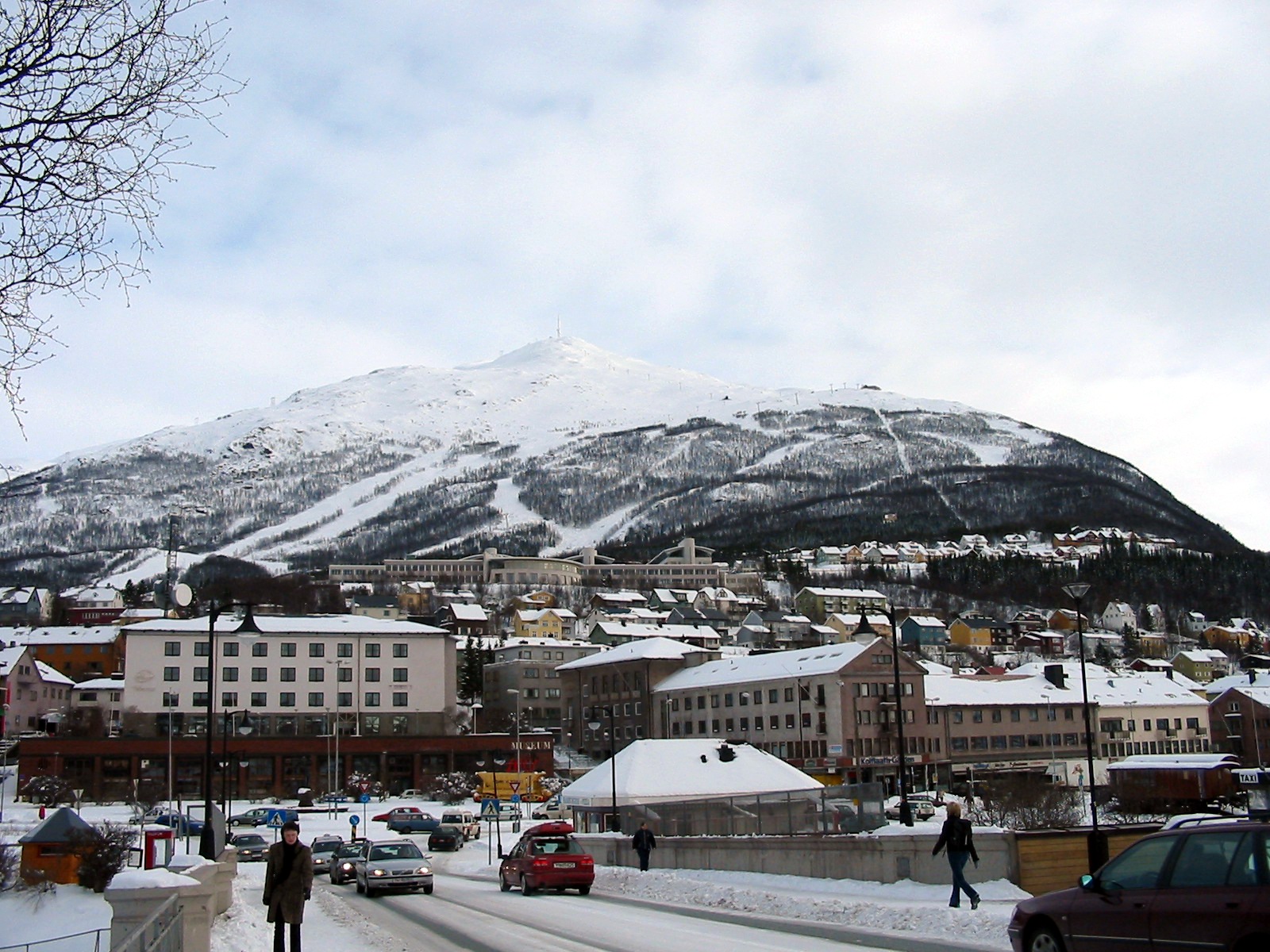
The coldest woman on earth just might be Anna Bagenholm, a Swedish radiologist.
On May 20, 1999 she officially set the record of lowest human body temperature ever recorded, while skiing in mountains outside Narvik, Norway—though recently the record was challenged by a seven year-old Swede named Stella.
Bagenholm had been doing her residency in Norway. She was an expert skier and that day was skiing with two colleagues, Marie and Torvind. Shooting down a steep route she had never taken before Bagenholm lost control of her skis and fell headfirst onto a layer of ice on a frozen stream near a waterfall. The ice was about eight inches thick, but Bagenholm’s upper body slipped through a hole and met the icy water, which swiftly filled her clothes. Horrifically, and almost comically, her skis and feet were stuck sticking out above the ice.
Her colleagues attempted to rescue her but failed. Seven minutes after she had plunged into the icy waters they used a cell phone to call for help. Two rescue teams were dispatched, one to the top of the mountain and one to the bottom. A rescue helicopter was sent out too, but its arrival was going to be delayed, as it was already involved with a transfer concerning a sick child. Leading the rescue team from the top was veteran skier Ketil Singstad, who roared as fast as he could down the slope. Miraculously, Bagenholm found a pocket of air beneath the ice, and was able to retain consciousness for 40 minutes. But then her body slipped into cardiac arrest.
Extreme Cold and the Perplexing Case of Paradoxical Undressing
When Ketil Singstad arrived he and his team attempted to pull Bagenholm out with a rope but were unsuccessful. They then tried to dig her out but their snow shovel could not break through the ice. The rescuers from the bottom arrived with a pointed gardening shovel, Bagenholm was at last freed. She had been in the frigid water for 80 minutes. Her pupils were dilated, her blood was not circulating and she was not breathing. Her colleagues gave her CPR until the rescue helicopter finally arrived. Once aboard she was ventilated with oxygen and treated with a defibrillator, an attempt to jolt her heart back to life with electricity, but she remained ice cold and unresponsive. When she arrived at Tromso University Hospital her body temperature was recorded to be 56.7° Fahrenheit, making it the lowest body temperature ever recorded in a person with accidental hypothermia.
Human body temperature typically hovers around 98.6° Fahrenheit, give or take a degree or so. A spike of just five degrees, to 104, such as happens with Viral Hemorrhagic Fevers (VHFs), such as Ebola can kill you. And an equally large drop can kill you too. Except, that is, if you happen to get so cold that your brain and heart freeze, putting your body into a state of what is known as therapeutic hypothermia and substantially lowering the amount of oxygen your cells take in. A person can’t live forever—although Ted Williams, Dr. James Bedford and all the others who have been cryogenically frozen might disagree—but a person can live, apparently, for at least 80 minutes.
The resuscitation attempt was led by Dr. Mads Gilbert, chief of the hospital’s emergency room. His initial prognosis was dire: “She is ashen, flaxen white. She’s wet. She’s ice cold when I touch her skin, and she looks absolutely dead.” Still, Gilbert, being a doctor in icy Norway was familiar with hypothermia and knew there was still hope. He reasoned that Bagenholm’s brain may have received enough oxygen from the CPR she was given by her colleagues after the rescue from the ice. She was brought to the operating theater where a team of more than a hundred doctors and nurses tended to her. They connected her to a cardiopulmonary bypass machine, which drew blood from her body, warmed it up and then reinserted it into her veins. An hour and five minutes after Bagenholm was brought to the hospital her heart took its first beat since the incident. Ten days later she woke up, paralyzed from the neck down. Fearing she’d have to spend the rest of her life in that condition, she lashed out at her friends for saving her.
She soon recovered, though, and provided her reasoning for the outburst: “I feared a meaningless life, without any dignity. Now I am very happy to be alive and want to apologize.”
A month after the accident, Bagenholm was flown to Sweden to continue her rehabilitation. She has since made a nearly full recovery, she still suffers from nerve damage in her hands and feet.
Saving Bagenholm’s life was “an extraordinary medical achievement,” said De. Petter Andreas Steen, of the National Hospital in Oslo. Articles about the incident were published in a number of medical journals. According to one journal, Proto, published by the Massachusetts General Hospital, Bagenholm’s metabolism slowed to ten percent of its baseline rate, putting her into a state of suspended animation, and allowing her cells to survive with barely any oxygen at all.
“Her body had time to cool down completely before the heart stopped,” noted Mads Gilbert, the Tromso University Hospital doctor who saved her life. “Her brain was so cold when the heart stopped that the brain cells needed very little oxygen, so the brain could survive for quite a prolonged time.”
This case, added one British doctor, “really does bring it home to us how cautious one has to be before diagnosing death in people who are cold.”
A point well-taken, always give cold people some time to thaw out, before locking them up in a coffin.









